Звёздная эстафета — это космический конкурс, который проходит в России уже с 2003 года и даёт возможность прикоснуться к космосу всем детям, от 6 до 18 лет!
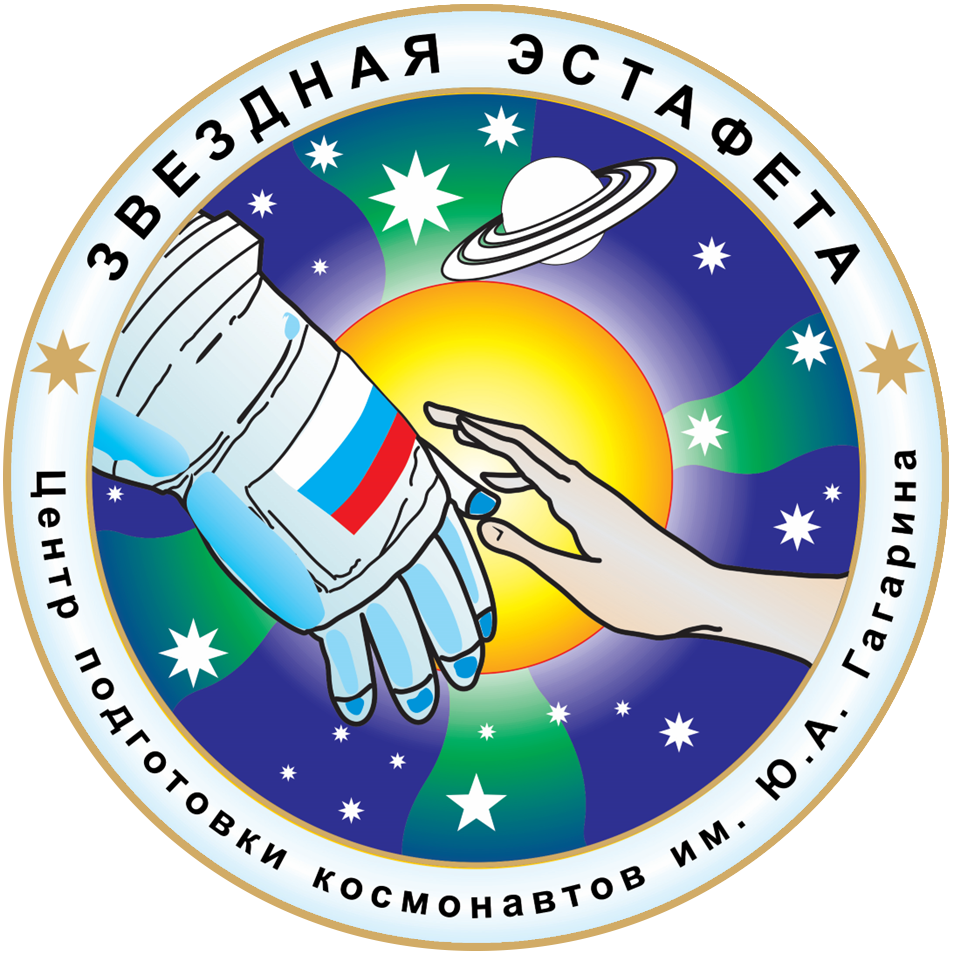
Dedicated to the teacher, senior comrade, scientific adviser and one of the creators of the competition "Star Relay" - Galina Vasilievna Ermolenko (1945-2023), in honor of whom on November 4, 2024 the International Astronomical Union approved the assignment of the name of the asteroid of the main asteroid belt to the asteroid "Star Relay". 545985 GALINAERMOLENKO=2011 VW
COMPETITION SECTIONS
Directions and age categories of the Star Relay Contest
Individual and team (up to 3 people) projects are eligible for participation
- Scientific research in space;
- Rocket Systems and Technologies;
- Automated spacecraft and manned space complexes;
- Interplanetary exploration by spacecraft and probes;
- Space Robotics;
- Exploring the Earth from space;
- Ground-based space infrastructure;
- Astrophysical research.
- Junior: 6-9 years old;
- Middle: 10-13 years old;
- Senior: 14-18 years old.
CONTEST STAGES
TEST (first stage)

January 16, 2025 - March 15, 2025
FINAL (second stage)
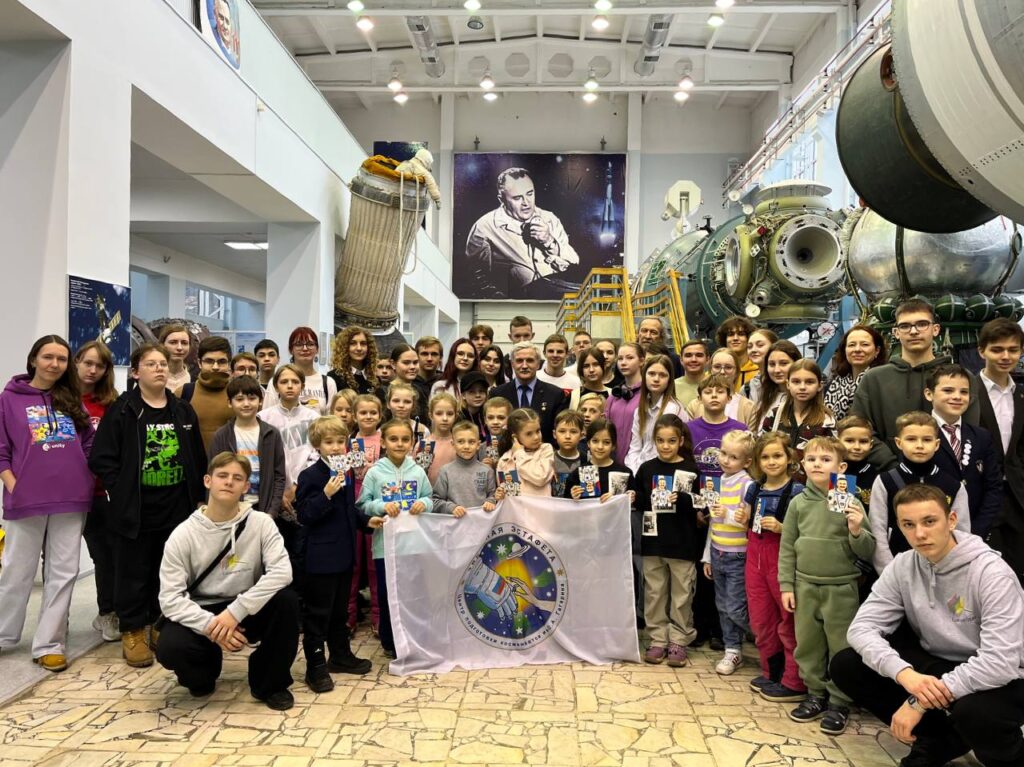
April 14 through April 17, 2025
is held in the form of a public defense of the contest works/projects in the in-person format in the Children's Technopark "Quantorium" in Korolev and in the Palace of Pioneers on Sparrow Hills in Moscow.

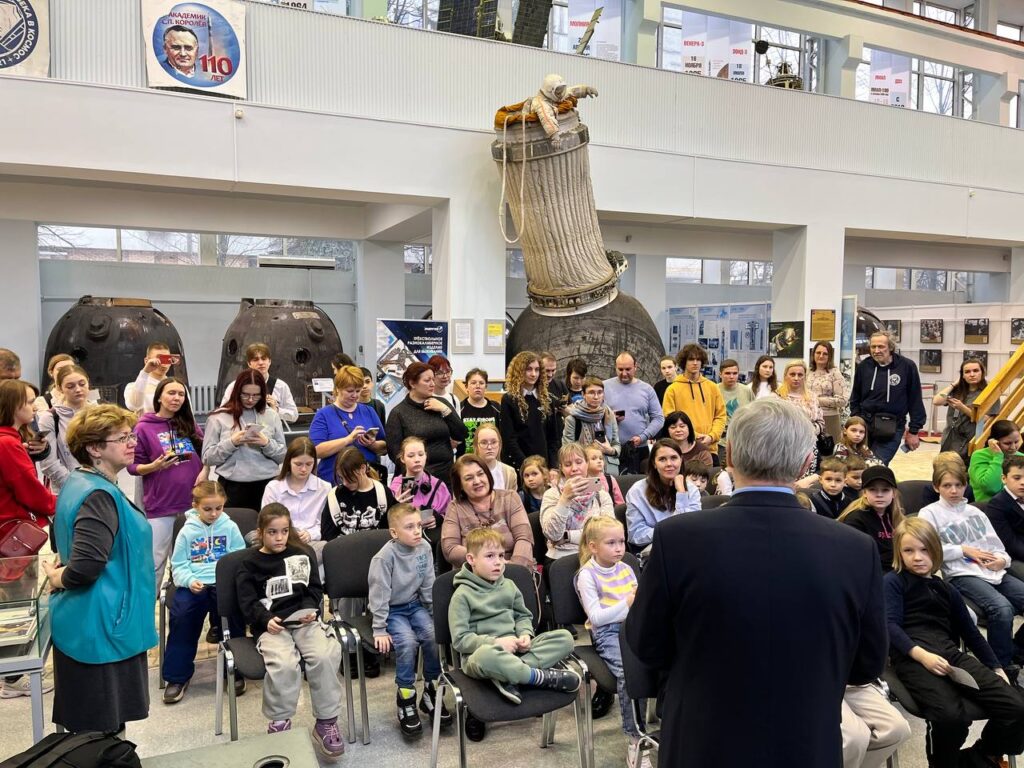
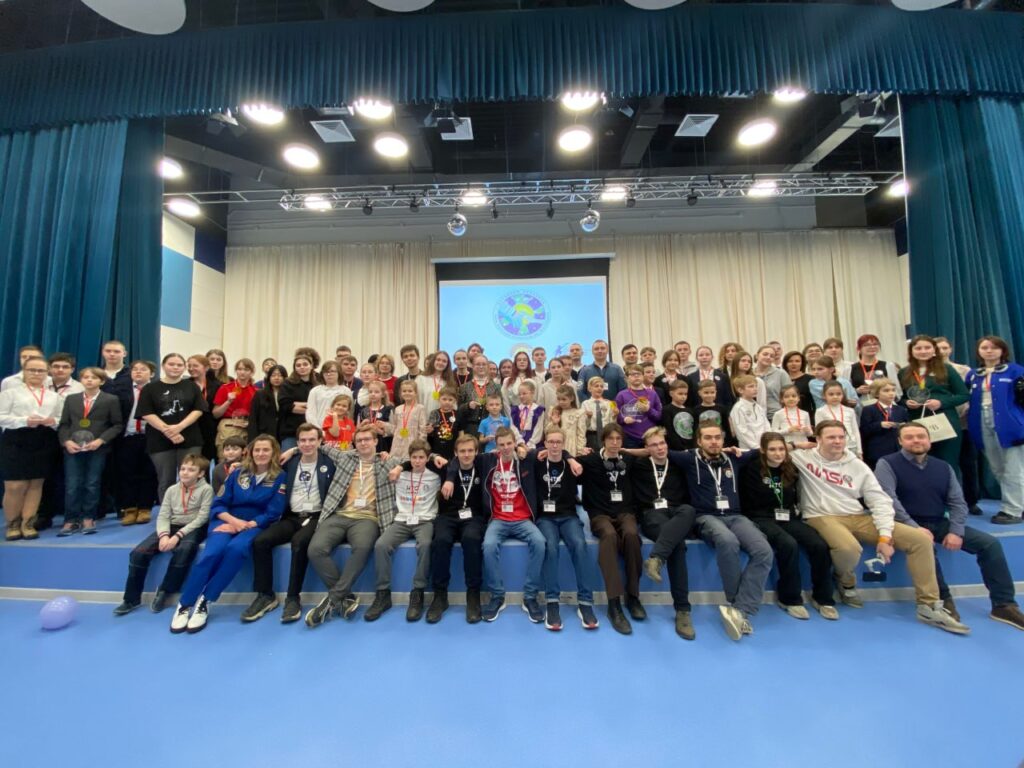
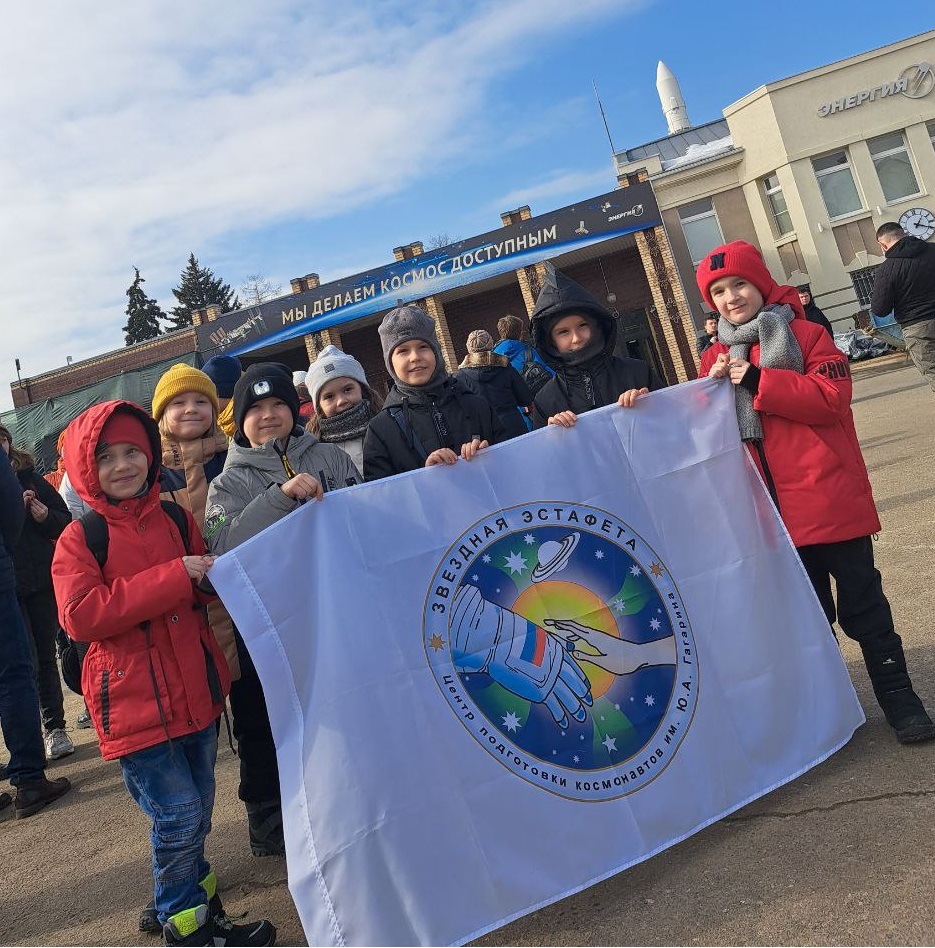

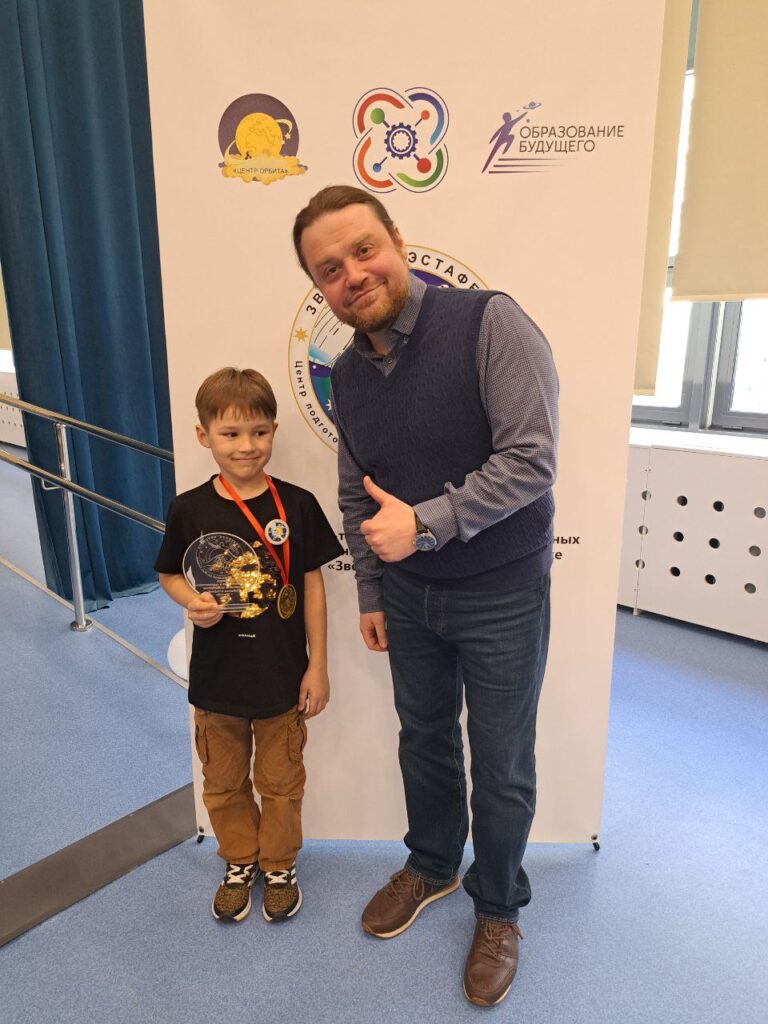
Competitive works/projects on cosmonautics and in the fields related to the exploration and development of outer space are submitted to the Contest by sections (each participant/team of participants can perform in one or several sections and nominations of the Contest):
SECTION #1. Scientific and Technical Section
Nomination No. 1. Manned space complexes and systems
- Prospective manned space programs;
- Manned lunar exploration and deep space missions;
- Reusable manned transportation space systems;
- Internal layout of modules of the Russian orbital station;
- Prospective spacesuits for working on the surface of other planets;
- Scientific and applied research on board the International Space Station and the future Russian orbital station;
- Off-planet manned science bases
Nomination #2. Satellites and automatic interplanetary stations
- Design, fabrication and testing of spacecraft in Earth orbit;
- Satellite platforms
- Inter-satellite communications
- Laser technologies for data transmission between satellites
- Swarm interactions
- Interplanetary probes for the study of comets, asteroids, planets
- Scientific research and experiments on board satellites
- Automated helper satellites to support astronauts' work in outer space.
Nomination #3. Rocket complexes and space robotics
- Design of an ultra-light launch vehicle
- Design of the reentry system for launch vehicle stages;
- Perspective technologies of spaceport construction;
- Advanced rocket engines;
- Robotics systems to support the activities of astronauts in space flight (development of own project is welcome): robots-assistants, robots-explorers, methods of robot control;
- Planetary exploration by rovers
- Groundwater systems and rock studies of planets, asteroids, and comets.
SECTION #2. Astronomical section
Thematic areas: astronomy, astrophysics, astrobiology, chemistry, geology, space.
Nomination #1. Astronomy and astrophysics
- Studies of objects of galactic and extragalactic astronomy, laws of their
interaction and development.
- Studies of the Moon and Mars as astronomical objects, the possibility of using the Moon to study astronomical phenomena and objects in connection with promising plans for the development of the Moon and missions to Mars from near-lunar orbit.
Nomination #2. Planetary studies: planets, their satellites comets and asteroids
⁃ Studies of solar system objects: asteroids, comets, meteor bodies and meteorites.
⁃ Applied research of solar system objects in terms of finding suitable conditions for the existence of life, as well as future human exploration and mining.
Contest entries/projects on the topic may address:
- any objects in the Universe and groups of them;
- personal experience of observing celestial bodies;
- the results of studying scientific sources on the experience of observing and studying astronomical objects.
- Popularization of astronomy among schoolchildren.
Contest entries/projects on the topic can be "Astronomy Lessons" in any form: video, audio lesson, book, presentation, etc.
SECTION #3. Art section
Recommended topics of the competition works/projects:
Nominations:
- Animation and digital art (2D and 3D animation, short animated cartoons, video art about spacecraft, stations, celestial bodies, astronauts)
- Art projects (painting, graphics, design, comics, etc.) about spacecraft, stations, celestial bodies, scientists, engineers and astronauts.
Papers may address the following topics of your choice:
- "Minor planet 545985 GALINAERMOLENKO of the main asteroid belt". What does it look like? How might it be explored by spacecraft?
- "Spectrum-RG telescope explores the universe."
- "Spacewalk. 60 years to the feat of Alexei Leonov"
- "65 years of creation of the Yuri Gagarin Cosmonaut Training Center".
- "Astronauts' work on the space station."
- "Kids in Space."
- "Earth remote sensing satellite constellation"
- "A spacesuit is a spacecraft for working outside the orbital station"
- "55 years since the Lunar rover began its work on the surface of the Moon"
- "Vehicles are exploring other planets."
- "Satellites, rockets and planetoids come to life..."
- "How do you deal with space debris?"
- "Interstellar Travel."
SECTION #4. Literary and journalistic section
Recommended topics of the competition works/projects:
- "Journey to a small planet 545985 GALINAERMOLENKO of the main asteroid belt". A fantasy story/story about a space mission that Russian schoolchildren are about to undertake to explore a small planet.
- "Letter to a Space Mentor." A letter to your mentor from yourself in the future who has achieved your goals: flying into space, developing a new spacecraft, making astronomical discoveries, creating a new type of movement in space.
- "Article to a popular scientific and technical journal about space". A popular science and technology article about an event, about space technology in the field of astronautics and rocket technology. An article reflecting the author's analysis of the material and depth of elaboration on the chosen topic.
- "Poems about Space". A cycle of poems about astronauts, engineers, testers, spacecraft and space stations.
- "Humanity's Cosmic Home". A discussion in prose or poetic form of what an orbital station of the future will look like.
- Interstellar Travel. Reasoning in prose or poetic form, what will space transportation look like in the future, how will spaceships travel in the future?
SECTION #5. Biomedical Section
Recommended topics of the competition works/projects:
- Space medicine and psychology;
- Designs for medical experiments in spaceflight;
- Prevention tools for future space missions;
- Medical requirements in the selection of candidates for cosmonauts: Yesterday. Today. Tomorrow. Analysis of changes.
- Biological experiments on board satellites, manned space complexes
- Problems and solutions in the development of biological life support systems on board orbital stations
- Application of robotics and artificial intelligence in conducting research on board space complexes.
The organizers of the Competition are:
- ANO "Center for Space Engineering and Science Education" (hereinafter referred to as ANO CIKENO);
- Orbit Center, a municipal budgetary institution of supplementary education of Korolev Urban District, Moscow region Center of additional education "Children's Technopark "Quantorium" (hereinafter - Children's Technopark "Quantorium");
- Gagarin Cosmonaut Training Center;
The partners of the Competition are:
- Frontiers of Science Foundation;
- Roscosmos State Corporation;
- Engineering and Methodological Company "Education of the Future".
- Federal State Budgetary Educational Institution "Federal Center for Additional Education and Organization of Recreation and Health Improvement of Children";
- "The Circle Movement of the National STI Technology Initiative."
Contacts:
Ovchinnikov Ilya Vyacheslavovich, head of the development department of the company "Education of the Future", teacher-organizer of the center of additional education "Children's Technopark "Quantorium" MBU DO "Center Orbita" Korolev, telegram @ilya_cosmo.